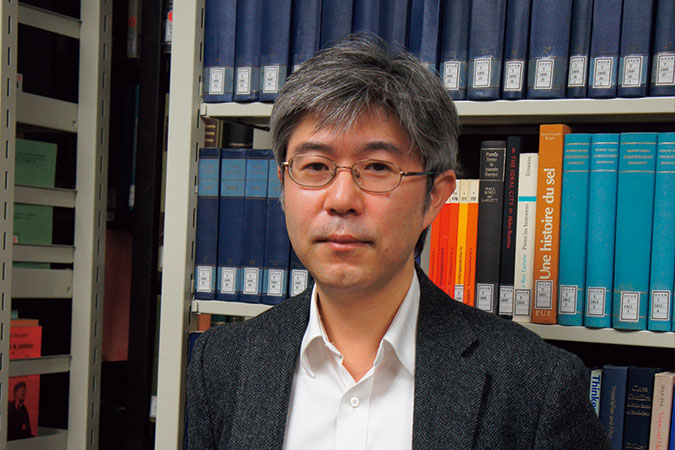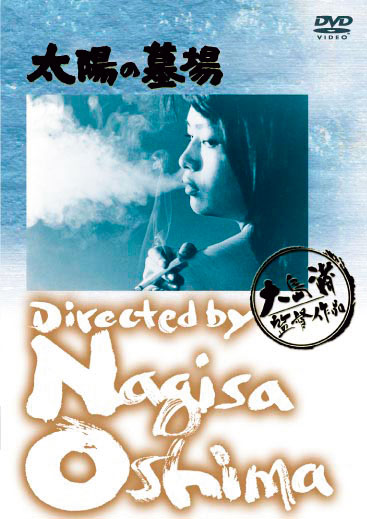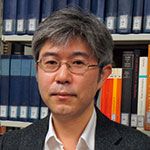Movie recommended by a Russian history researcher Taiyo no Hakaba (The Sun’s Burial)

We asked twelve University of Tokyo researchers working in a variety of fields to recommend a movie to us from the perspective of their own area of specialization. We hope these recommendations serve as a guide for your own movie-viewing, as well as pique your interest in each researcher’s academic endeavors.
Movie recommended by a Russian history researcher
Taiyo no Hakaba (The Sun’s Burial)

Released in 1960; directed by Nagisa Oshima; starring Masahiko Tsugawa, Kayoko Honoo and Isao Sasaki; DVD: 3,080 yen (inc. tax); released and distributed by Shochiku; streamed on Amazon, U-NEXT, etc.
A heroine who demonstrates the ingenuity to recover from calamity
A history researcher writing an academic paper and a director creating a movie employ a similar process. They both reconfigure the world, which is made up of a web of relationships, by piecing together specific parts of it. Those parts might comprise either historical materials, or film. Deployment of characters, continuity between scenes and plot development are all determined by how the parts are assembled, and ultimately by the creator’s capacity to observe the world. The constructed worlds are fictitious, and the realism of that fiction is also determined by the creator’s ability to rearrange the parts. In my case, I came to realize this by studying the movies and cinematic reviews of the director Eizo Yamagiwa. In addition to the research on Russian history that’s my area of specialization, I’m also researching Yamagiwa. So far, I’ve published two papers in Study of Cultural Exchange, the departmental bulletin of the Center for Evolving Humanities in UTokyo’s Faculty of Letters. The papers (written in Japanese) are titled “Eizo Yamagiwa’s The Fever’s End and the Quest for Realism” and “Eizo Yamagiwa’s The Flame 1960–1970 and the Post-War Japanese Film Movement,” and both are available online.
A close friend of Yamagiwa was Nagisa Oshima, who dedicated himself to recreating the world with the same sort of passion as Yamagiwa had. In Ai to Kibo no Machi (A Town of Love and Hope; 1959), a premonition of calamity concludes with an actual tragedy; in Seishun Zankoku Monogatari (Cruel Story of Youth; 1960), the entire movie tracks the energy of calamity; and finally in Taiyo no Hakaba (The Sun’s Burial; 1960), the ingenuity to recover from calamity is portrayed in the form of the heroine, played by Kayoko Honoo. Masahiko Tsugawa and Isao Sasaki play yakuza gangsters from a slum in Osaka. The two characters are almost in a pseudo-romantic relationship until they both drown in her beauty, which eventually destroys them. The residents of the slum are at the mercy of the vividly depicted realities of Japan at the time, such as “blood banks” and the trading of identification documents. It’s only the character played by Honoo who survives undaunted, prepared to commit murder as she stands in their midst like a mother goddess. Her daring conduct seems to anticipate the mother goddess figure Saraghina in Federico Fellini’s 1963 movie 8½. In Seishun Zankoku Monogatari, the protagonists experience repeated calamity, and Yamagiwa’s Kyonetsu no Hate (The End of Love; 1961) was created in an attempt to find a way to go beyond the calamity. The diminutive form of the latter’s heroine, played by Terumi Hoshi, wanders in the wilderness of the soul that stretches out beyond despair; both she and the energetic figure of Honoo’s character in Taiyo no Hakaba succeed in capturing on film the hard-hitting creativity that erupted around the year 1960. Even now, 60 years later, one is struck by the uncompromising rawness of these movies.
* This article was originally printed in Tansei 44 (Japanese language only). All information in this article is as of March 2022.



 By Yoshiro Ikeda
By Yoshiro Ikeda


